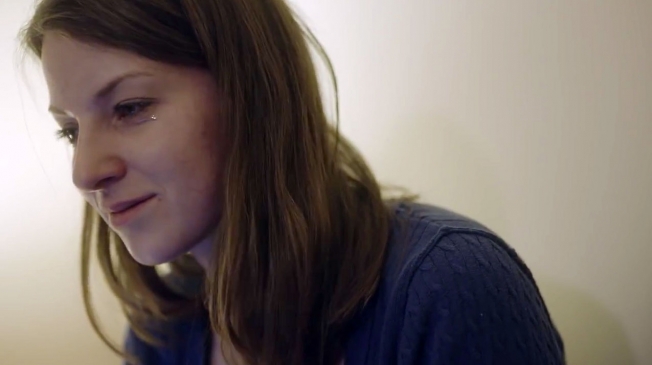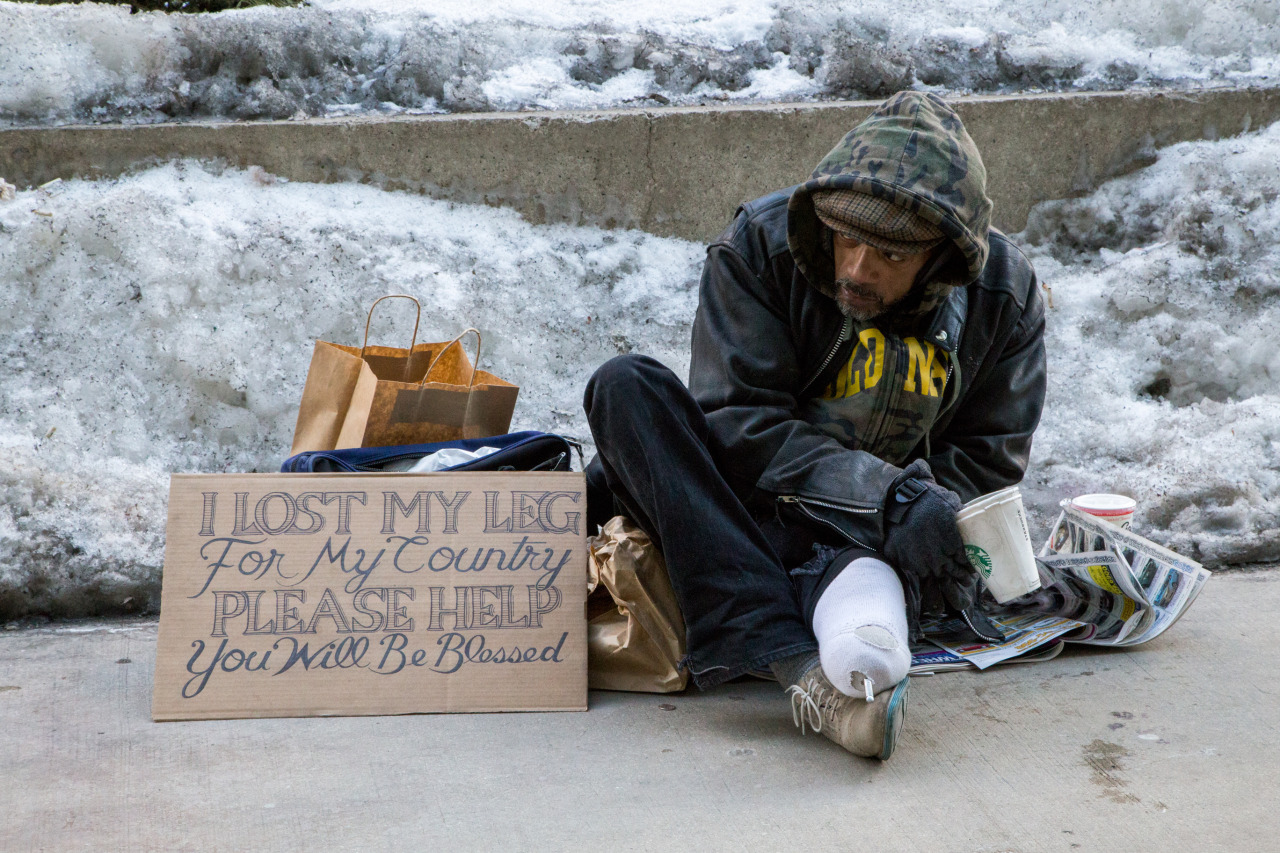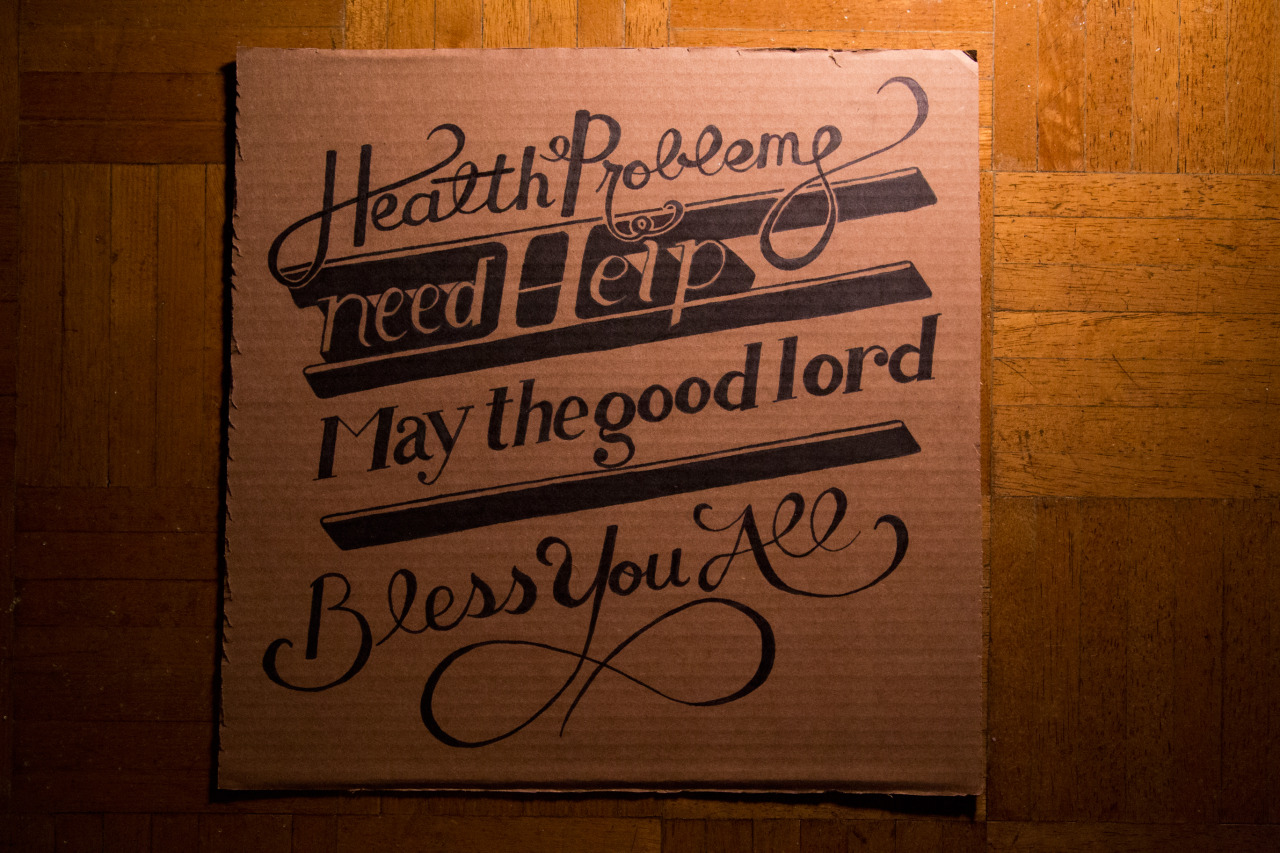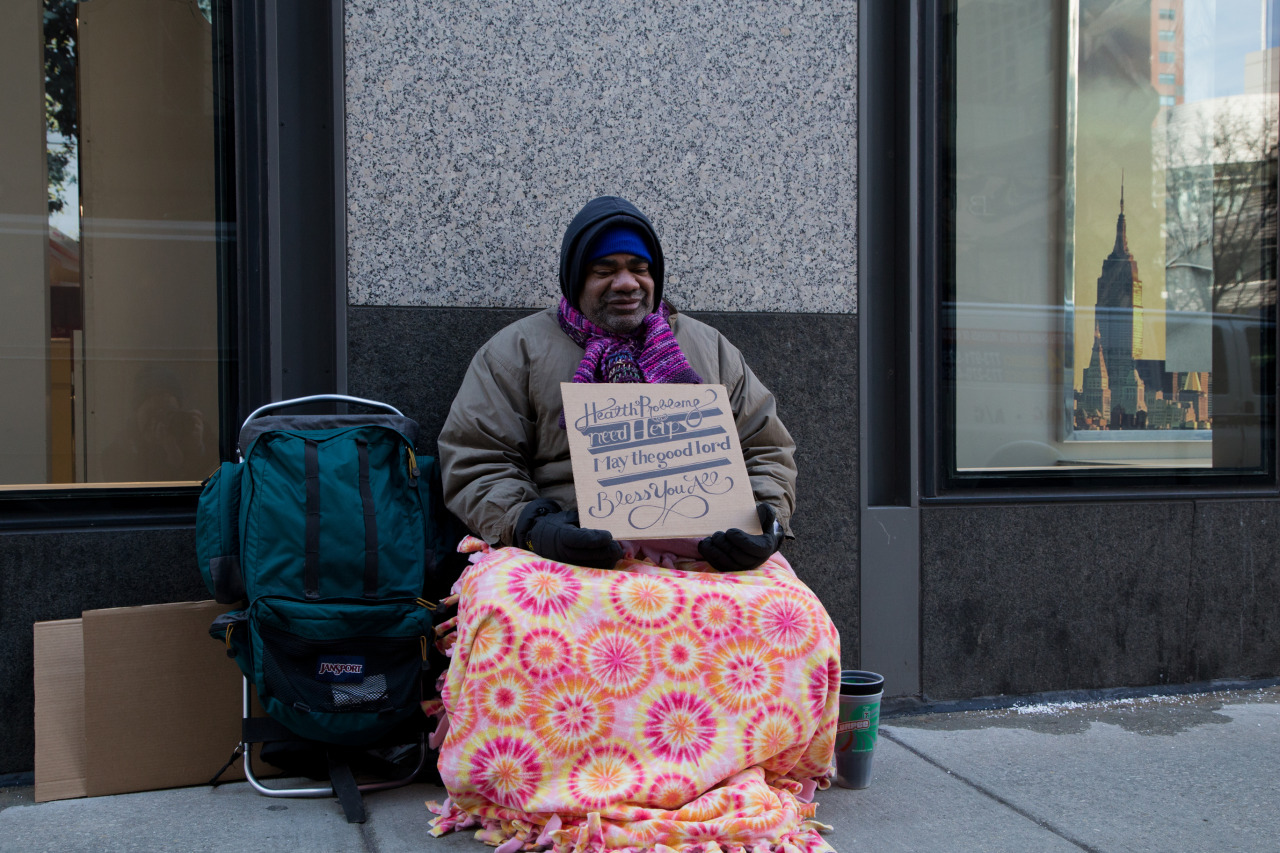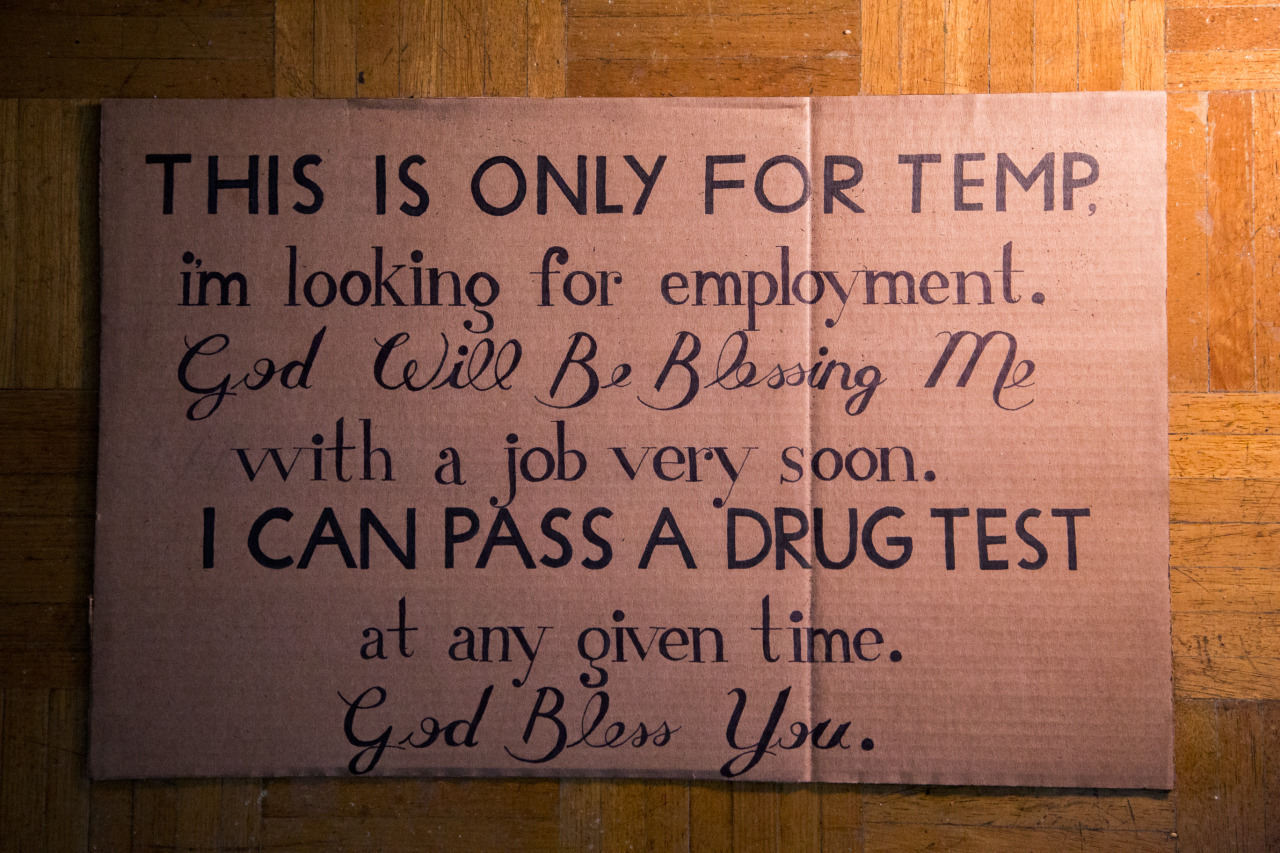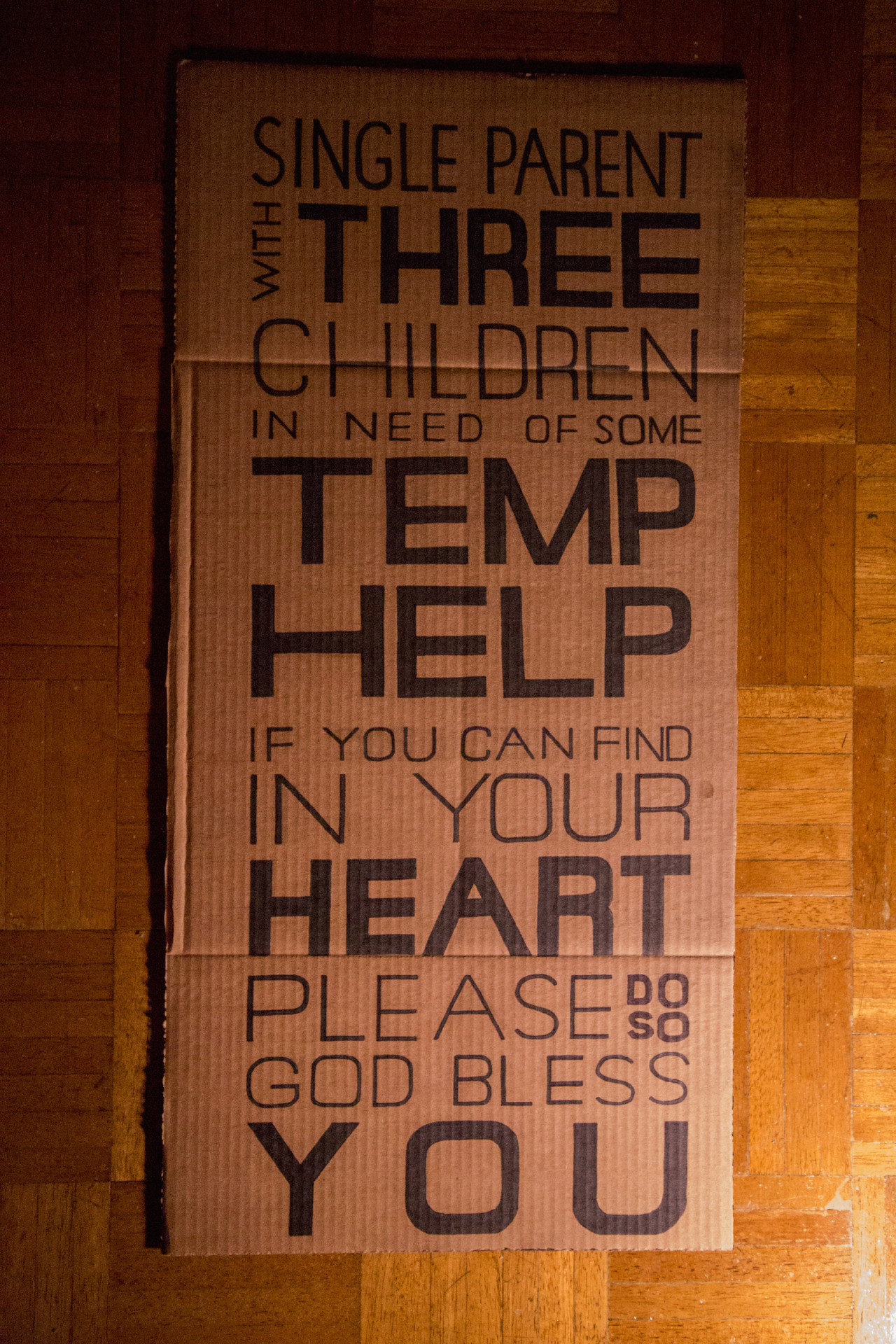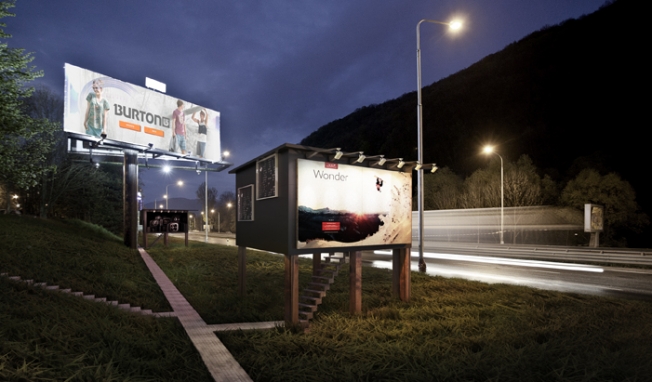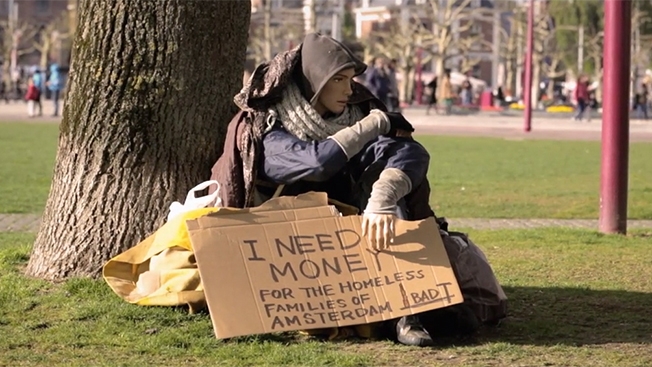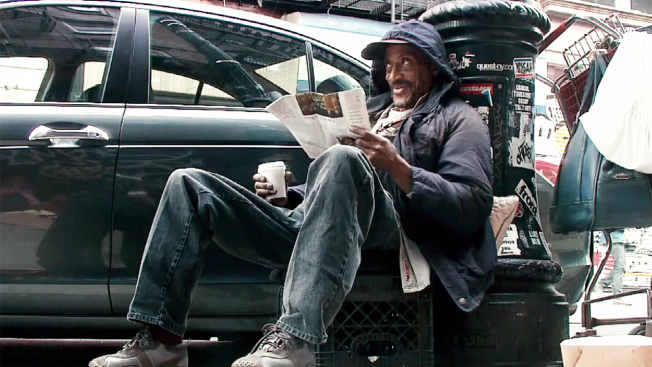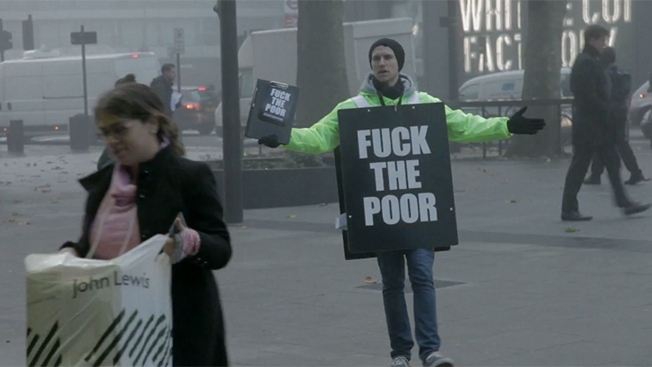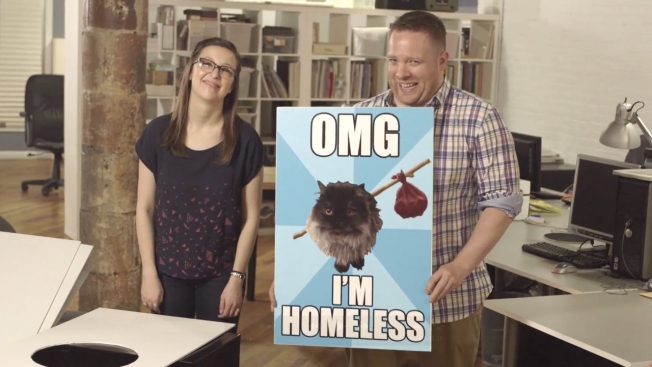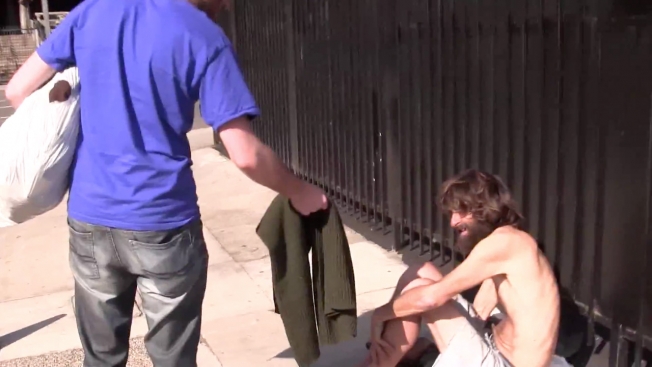The Trick Copy on These Clever Ads Shows Another Side to Homelessness
Posted in: Uncategorized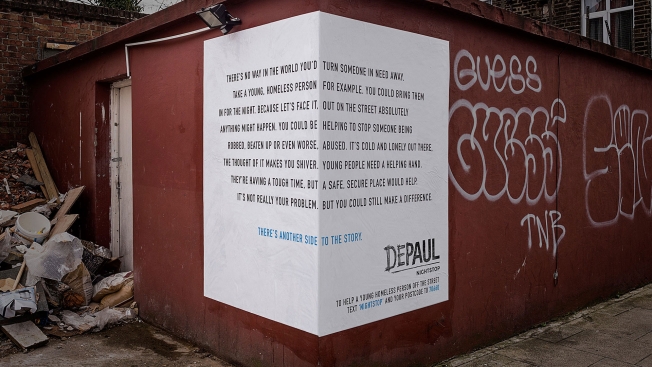
Here’s a clever outdoor campaign from Publicis London for the homelessness charity Depaul that manages to tell two different stories with the same copy.
The ads are being placed on corners, with text on each side. If you read only the left side, the copy is all about the negative ideas people have about giving up a spare room to a homeless youth. But reading them in full, the ads actually argue for the benefits of volunteering.
“There’s another side to the story,” says the tagline.
Click the images below to enlarge.


Conceptually, the campaign is quite similar to BBDO New York’s award-winning ads for BBC America back in 2007. Those ads, also placed around corners, showed two sides of the same photo, with the tagline: “See both sides of the story.”
The clever use of text differentiates this new effort, though it will always be likened to the BBC work. See more from the campaign, plus credits, below.






CREDITS
Client: Depaul
Agency: Publicis London
Executive Creative Director: Andy Bird
Creative Director: Paul Mason
Art Director: Dan Kennard
Copywriter: Ben Smith
Head of Art and Design: Andy Breese
Designer: Dave Stansfield
Photographer: Mark Wesley
Account Manager: Tom Froggett
Head of Operations: Debbie Burke
Agency Producers: Steve McFarlane, Ed Page, Greg Collier
Art Buyers: Sarah Clifford, Claire Lillis
![]()

